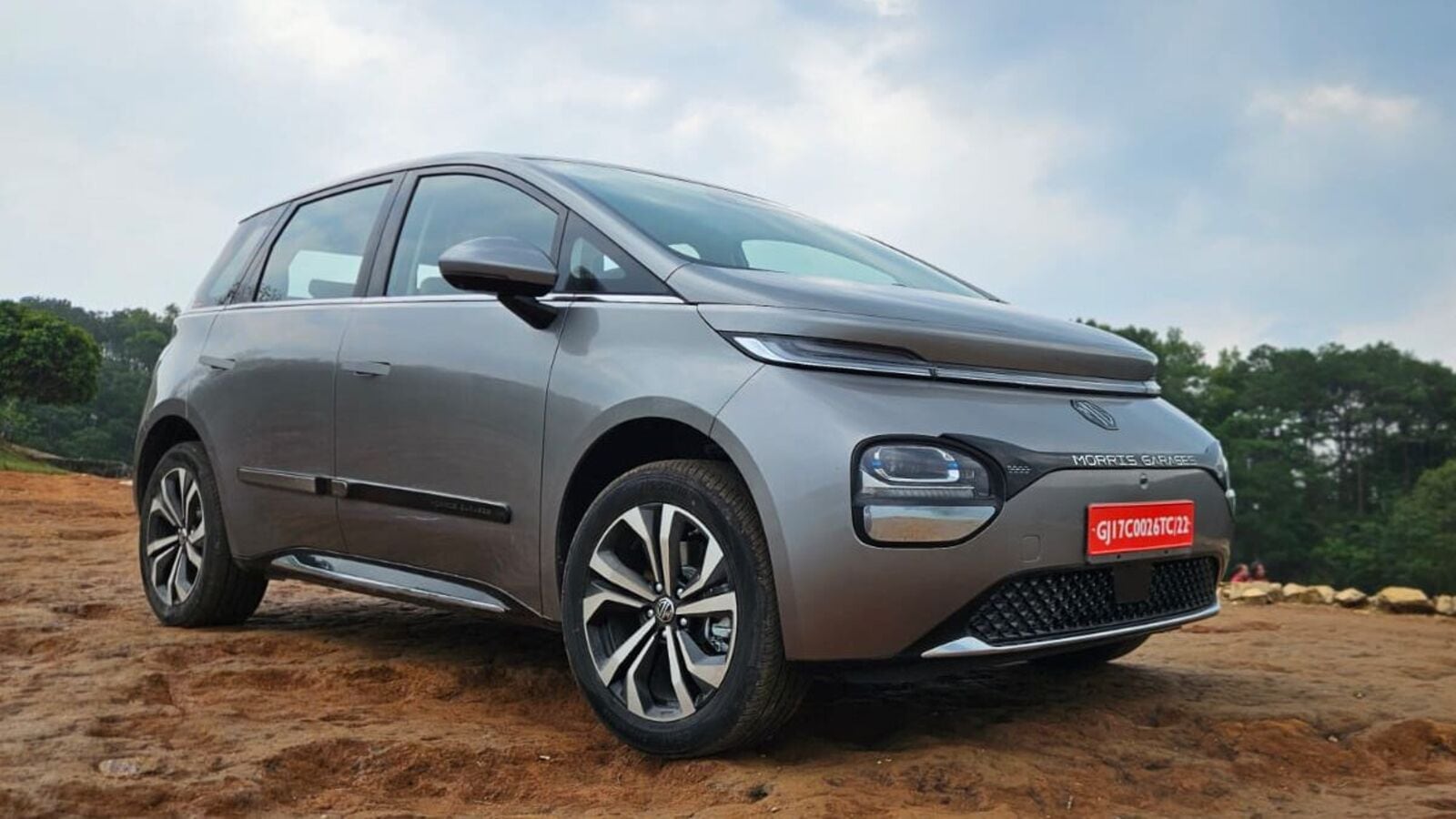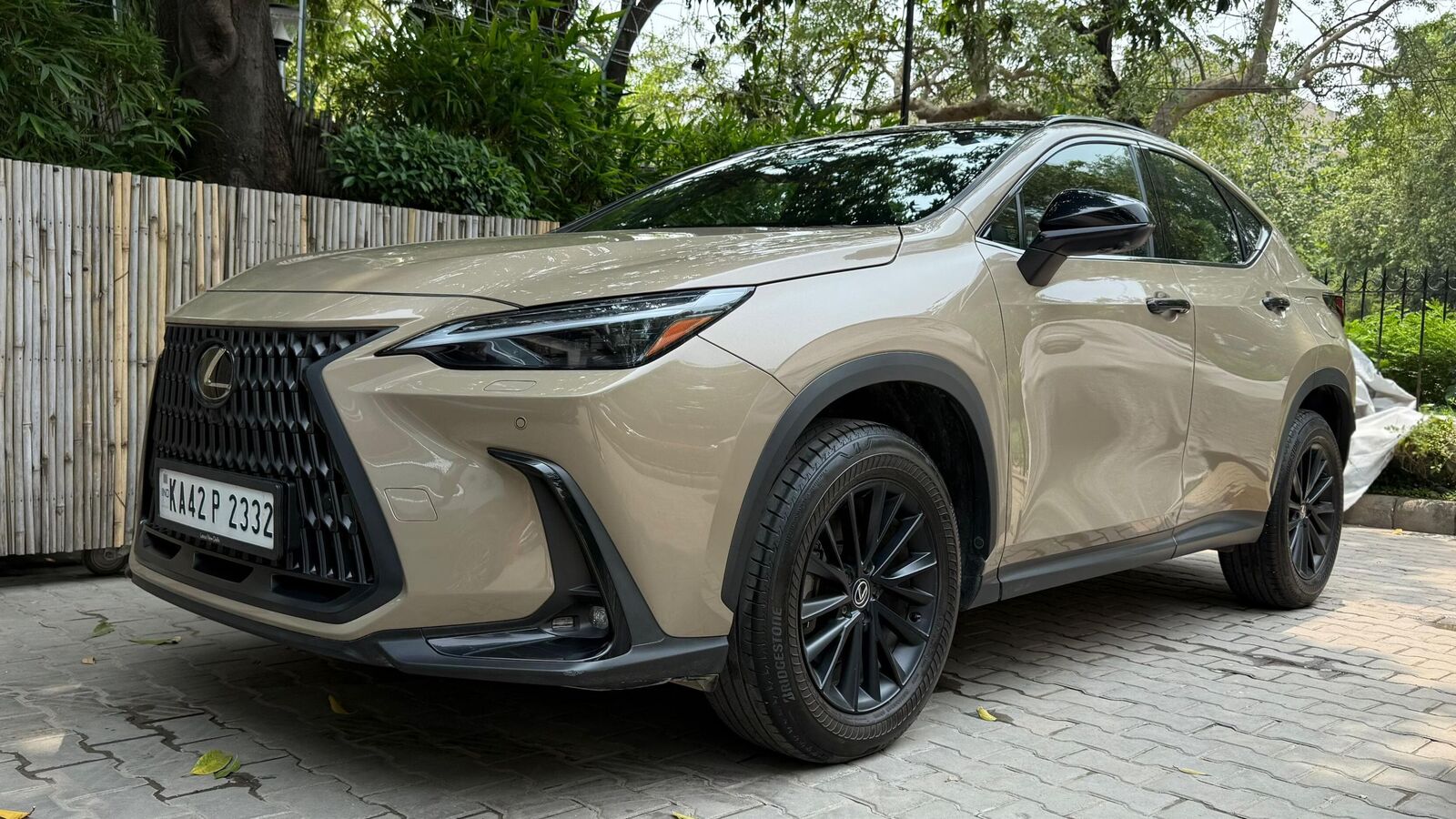25 June 2025

The US new-vehicle market is expected to grow again in June. But have tariffs impacted this performance, and what could this mean for the month ahead? The latest forecast from J.D. Power explores the market performance.
New-vehicle sales in the US, including retail and non-retail transactions, are projected to reach approximately 1.25 million units in June. This equates to a year-on-year growth of 2.5%, according to J.D. Power’s latest forecast.
June 2025 has 24 selling days, two fewer than the same month last year. Comparing the sales volume without adjusting for selling days translates to a decrease of 5.4% from 2024. The seasonally-adjusted annualised rate (SAAR) for new-vehicle sales is expected to reach 15 million units, up 0.2 million units from June 2024.
In June, new-vehicle retail sales are projected to reach approximately 1.02 million, a 6.7% increase from June 2024. Comparing the same sales volume without adjusting for selling days translates to a decrease of 1.5% from 2024.
In the first half of 2025, total sales of new vehicles are expected to reach around 7.77 million units, up 0.4%. In the second quarter, sales are projected to reach some 4.18 million units, up 2.5% year on year.
New-vehicle retail sales for the first half of 2025 are projected to reach some 6.67 million units, up 7.5% from a year ago. Sales in the second quarter are forecast to reach nearly 3.45 million units, up 4.9% from the same time last year.
Subdued sales
‘June sales are subdued, with the sales pace falling to its lowest level in the past 12 months,’ said Thomas King, president of the data and analytics division at J.D. Power. ‘However, care needs to be taken when interpreting June results, as they are not fully indicative of the underlying demand for new vehicles.
‘There are three critical factors to understand when evaluating June’s results. The first is that year-on-year comparisons are affected by a large dealer software outage event that limited many dealers’ ability to sell vehicles in June 2024. This event reduced retail sales by approximately 85,000 vehicles, meaning that year-on-year sales results appear considerably more favourable than they actually are.
‘The second factor is payback from the tariff-related rush to showrooms in March and April of this year. In those months, approximately 173,000 extra vehicles were sold as buyers pulled purchases forward in anticipation of future tariff-driven price hikes. That pull-ahead effect has now become a payback effect, deflating June sales below the actual level of vehicle demand.
‘The third factor is that while pre-tariff expectations were that discounts would rise during the course of 2025, they have actually fallen. Specifically, incentive spending expressed as a percentage of the manufacturer’s suggested retail price (MSRP) has declined from 6.1% in January 2025 to just 5% in June. This reflects the cost-pressure tariffs are creating for manufacturers, but it is also causing some shoppers looking for affordable vehicles to remain on the sidelines,’ King added.
There has also yet to be a material increase in new-vehicle MSRPs due to tariffs, which have remained generally stable. Changes in the average transaction price are driven by manufacturer discounts, retailer profitability and the mix of vehicles being sold.
Consumers on track spend $45 billion
The average new-vehicle retail transaction price in June is expected to reach $46,233 (€39,842). This is an increase of $1,400, or 3.1%, from June 2024, but up by only $77, or 0.2%, from May.
The average manufacturer incentive per vehicle is on track to reach $2,727. This is an increase of $93 from May and $39 from a year ago. However, expressed as a percentage of MSRP, incentive spending is currently at 5.4%. This is down by 0.1 percentage points (pp) from a year ago.
Total retailer profit per unit, which includes vehicle gross plus finance and insurance income, is expected to reach $2,380. This is up by $45 from June 2024, but down $32 from May. Total aggregate retailer profit from new-vehicle sales is projected to be $2.3 billion, up 3.1% from June 2024.
‘Despite the muted sales pace, strong average transaction prices mean consumers are on track to spend nearly $45 billion on new vehicles this month, 4.3% higher than a year ago and the fourth highest on record for the month of June,’ King added.
Higher prices translate to higher monthly loan payments. Average monthly finance payments in June are on track to reach $747. This equates to an increase of $22 from June 2024, and the highest on record for the month of June. The average interest rate for new-vehicle loans is 6.89%. This equates to a nominal decrease of eight basis points from a year ago (one basis point is equal to 0.01%). Finance loans with terms greater than or equal to 84 months are expected to reach 12% of finance sales. This is up 3pp from June 2024.
‘Fleet sales are projected to decline 12.7% from a year ago, as manufacturers continue to prioritise retail buyers over the historically less profitable fleet channel,’ King said.
Fleets sales set to decline
‘The average used-vehicle price is trending towards $29,440, up $674 from a year ago. This reflects the combination of reduced supply of recent model-year used vehicles (due to lower new-vehicle production during the pandemic), fewer lease maturities and manufacturers moderating discounts,’ added King.
An increase in used-vehicle prices means that average trade-in equity is rising, up $480 year on year to $8,384. Despite higher used-vehicle prices, the number of new-vehicle buyers with negative equity on their trade-in is expected to reach 25.1%. This marks an increase of 1.6pp from June 2024.
‘Looking to July, year-on-year comparisons will need to be put in context,’ King explained. ‘The dealer software outages that depressed sales in June 2024 resulted in inflated July 2024 sales as dealers recovered their ability to process transactions. This means July 2025 will be another month in which year-on-year metrics provide less clarity than normal.
‘Meanwhile, the payback effect from the tariff-related rush to showrooms that affected June 2025 sales will taper in July, and July results will be heavily influenced by manufacturers’ pricing and incentive decisions. Those decisions are intrinsically linked to expectations on tariffs, which remain uncertain.
‘Tariff uncertainty, coupled with the highly competitive nature of the market, means that carmakers are expected to continue with the muted response seen to date. On average, current tariffs raise manufacturers’ costs about $4,275 per vehicle, though the amounts vary widely depending on production and sourcing locations.
‘Overall, vehicle prices are expected to rise but significantly less than the tariffs would suggest, and some models may see no increase at all. Initial price changes are expected through July and August, particularly when new model-year vehicles are launched. It will likely be at year’s end before manufacturers’ new pricing and incentive strategies fully materialise,’ King said.
Sales details
- Fleet sales are expected to total 231,081 units in June, down 12.7% from June 2024. Fleet volume is expected to account for 18.5% of total light-vehicle sales, down 3.2pp from a year ago.
- Internal-combustion engine vehicles are projected to account for 75.8% of new-vehicle retail sales, down 1.4pp from a year ago. Plug-in hybrids (PHEVs) are on pace to make up 1.8% of sales, down 0.3pp from June 2024. Electric vehicles (EVs) are expected to account for 8.7% of sales, down 1.6pp.
- US final assembly vehicles are expected to make up 54.8% of sales in June, up 1.4pp from a year ago.
- Trucks and SUVs are on pace to account for 81.8% of new-vehicle retail sales, up 1.7pp from June 2024.
Retail details
- Retail inventory levels are currently at 2.16 million units, a 22.9% increase from June 2024.
- The industry’s inventory days of supply is 54 days in June, up from 49 days a year ago.
- The average new-vehicle retail transaction price in June is expected to reach $46,233, up $1,400 from June 2024. Transaction price as a percentage of MSRP increased to 90.9%, down 0.1pp from a year ago.
- Retail buyers are on pace to spend $45 billion on new vehicles, up $1.9 billion from June 2024.
- Average incentive spending per unit in June is expected to rise to $2,727, up $39 from June 2024. Spending as a percentage of the average MSRP is expected to decrease to 5.4%, down 0.1pp from June 2024.
- Average incentive spending per unit on trucks and SUVs in June is expected to be $2,902, up $107 from a year ago, while the average spending on cars is expected to be $1,904, down $350 from a year ago.
- Leasing is expected to account for 20.4% of sales this month, down 2.2pp from a year ago.
Dealer details
- The average time a new vehicle remains in the dealer’s possession before sale is expected to be 49 days in June, up from 46 days a year ago.
- 32.7% of vehicles sold in less than 10 days in June, up 0.4pp from a year ago.
- Average monthly finance payments are on pace to be $748, up $22 from June 2024. The average interest rate for new-vehicle loans is expected to be 6.89%, down 0.08pp from a year ago.
- So far in June, average used-vehicle retail prices are $29,440, up $674 from a year ago. Trade-in equity is trending towards $8,384, which is up $480 from a year ago.
- 25.1% of trade-ins are expected to carry negative equity this month, up 1.6pp from June 2024.
- Finance loans with terms greater than or equal to 84 months are expected to reach 12% of finance sales this month, up 3pp from June 2024.
Hybrids versus EVs
‘Hybrids are making waves again, setting a monthly record for June with a retail share of 14.1%, up 3.8pp from a year ago,’ outlined Tyson Jominy, senior vice president of data and analytics at J.D. Power.
‘In contrast, EV share has dipped 1.9pp, a notable shift from June 2024 when both technologies were even at 10.3%. Several factors are behind the gains. Hybrids benefit from decades of familiarity, making them an easy purchase by shoppers. Dealers also highlight their value, with some models offering fuel savings that are recouped in less than two years.
‘The hybrid surge is also coming from an expanding lineup. US shoppers can choose from 39 models across 10 nameplates. This is, compared with 30 models from only six brands two years ago. Japanese brands continue to dominate how the market has been evolving, particularly Toyota, which leads the pack with 26 models across its namesake brand plus Lexus.
‘Recently entering the hybrid game are Mazda and Subaru. Mazda added a hybrid powertrain to its popular compact SUV, the CX-50, in the last quarter of 2024. Meanwhile, Subaru launched a hybrid version of its compact SUV, the Forester, earlier this year. Hyundai and Kia offer four models each.
‘While all carmakers still have opportunities to electrify their lineups, the biggest untapped potential comes from domestic and European automakers. Domestics offer only five models combined, including Ford’s popular F-150 and Maverick, alongside niche entries like the Chevrolet Corvette E-Ray. European hybrids are currently limited to one, the Porsche 911 GTS,’ Jominy concluded.





